Call or Text
801-438-4793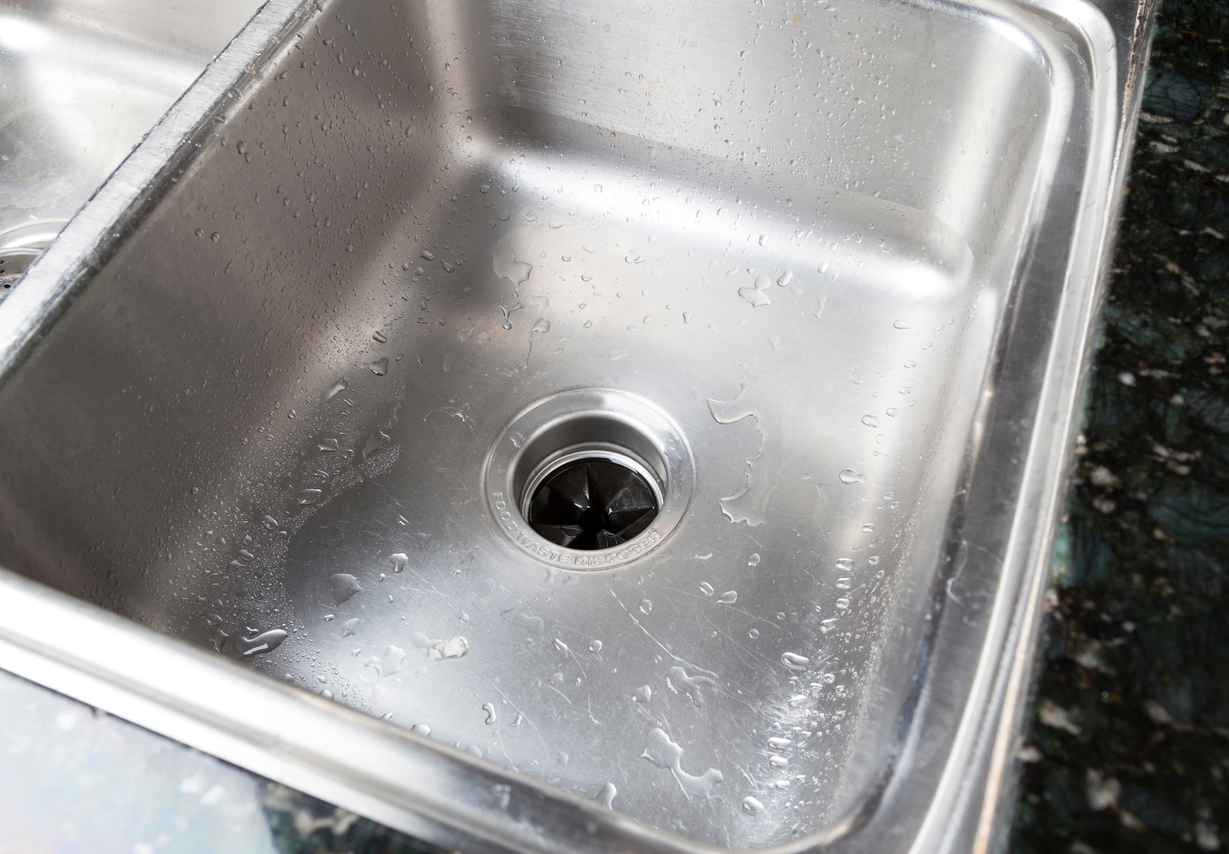
How to Unclog A Garbage Disposal
November 1, 2023
Dealing with a clogged garbage disposal can be a real headache. The frustration of watching water and food debris back up into your sink is something many of us have experienced at one point or another. Whether you’re a seasoned DIY enthusiast or someone who’s never ventured under the kitchen sink, Superior Water & Air is here to help.
We will guide you through the steps to rescue your kitchen from this common household annoyance. From identifying the root of the problem to offering practical, step-by-step solutions, we’ve got you covered. Say goodbye to kitchen sink woes and hello to a smoothly running garbage disposal.
Signs Your Garbage Disposal is Clogged
Identifying a clogged garbage disposal is essential to tackle the issue promptly and prevent further damage. Here are some common signs that your garbage disposal might be clogged:
- Slow Draining: When your sink takes longer than usual to drain, it’s a clear indication that something might be obstructing the flow of water and food particles through the disposal.
- Unpleasant Odors: A foul odor emanating from your sink is a sign that food debris might be trapped in the disposal and starting to rot. This smell can quickly spread throughout your kitchen.
- Loud or Unusual Noises: Unusual sounds like grinding, clunking, or clicking when you turn on the disposal can be a sign of something jammed in the blades.
- Water Backup: Water or food particles backing up into the sink when you run the disposal or the dishwasher can indicate a blockage in the disposal or the drainpipe.
- Frequent Resets: If you find yourself frequently resetting the garbage disposal by pressing the reset button on the bottom of the unit, it might be struggling with a clog or jam.
- Visible Debris: Peering into the disposal with a flashlight, you might notice visible food particles or foreign objects that are obstructing the blades.
Recognizing these signs early on can help you address the issue before it escalates into a more significant problem, potentially saving you from costly repairs or replacements.
How Do You Unclog a Garbage Disposal?
Unclogging a garbage disposal can be a relatively simple task if you follow the right steps. Here’s a guide on how to unclog a garbage disposal:
1. Safety First:
Before you begin, turn off the power to the garbage disposal. You can typically do this by unplugging it from the wall or switching off the circuit breaker connected to it. Ensuring the disposal is not active is crucial to avoid accidents.
2. Identify the Problem:
Try to determine what is causing the clog. Is it a buildup of food particles, a foreign object, or another issue? Understanding the cause will help you decide how to proceed.
3. Use Pliers:
If there’s a foreign object stuck in the disposal, use a pair of pliers to carefully reach in and remove it. Make sure the disposal is still turned off while doing this.
4. Manual Reset:
Some disposals have a reset button on the bottom. If you had to manually dislodge an object or if the disposal overheated and shut off, press the reset button to reset it.
5. Plunge the Drain:
For clogs caused by food debris, you can try using a sink plunger. Fill the sink with a few inches of water to create a seal, then place the plunger over the drain and plunge vigorously. This can help dislodge and clear the clog.
6. Baking Soda and Vinegar:
Mix 1/2 cup of baking soda with 1/2 cup of white vinegar. Pour this mixture down the drain and let it sit for 5-10 minutes. It will create a foaming action that can help break down clogs. Follow it with hot water.
7. Ice Cubes and Salt:
Drop a few ice cubes and a handful of salt into the disposal. Run it with cold water. The ice and salt can help break up grease and debris.
8. Use a Garbage Disposal Wrench:
Most garbage disposals come with a special wrench that can be inserted into the bottom of the disposal to manually turn the blades and dislodge any blockages. Follow the manufacturer’s instructions for using this tool.
9. Check the Trap:
If the clog persists, you may need to disassemble the drain trap (the curved pipe under the sink) and clean it out. Be prepared to catch water and debris in a bucket when you remove the trap.
10. Call a Professional:
If you’ve tried all the above methods and the disposal remains clogged, it might be a more serious issue that requires a professional plumber’s attention.
11. Prevent Future Clogs:
To prevent future clogs, run cold water while using the disposal, avoid putting certain items (like bones or coffee grounds) down the disposal, and regularly clean it by grinding ice and citrus peels.
Drain Cleaning Services in Utah and Idaho
In Utah and Idaho, Superior Water & Air is your trusted partner for top-notch drain cleaning services. Our expert team is dedicated to keeping your kitchen running smoothly and efficiently. Don’t let a clogged disposal disrupt your daily life. Contact us today to experience the Superior difference in garbage disposal solutions.
Recent News
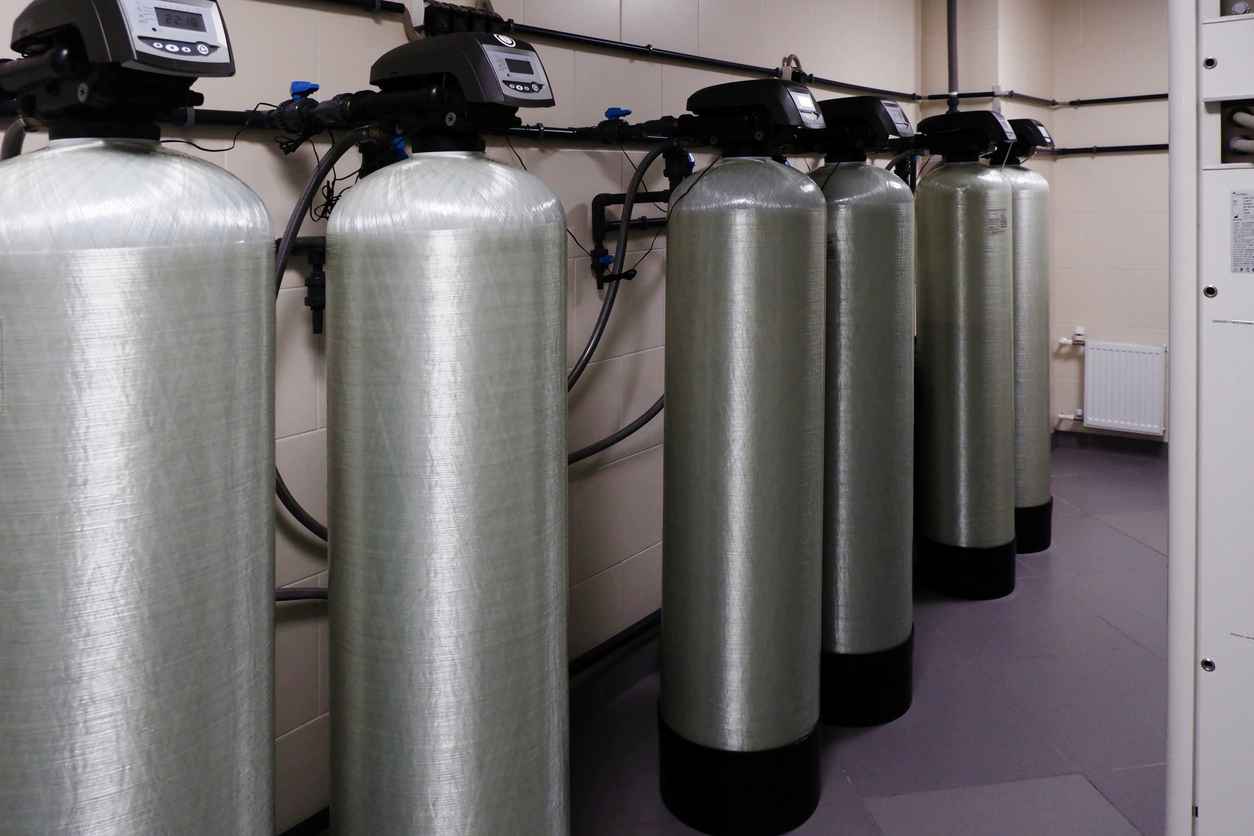
Do You Need a Water Softener? How to Tell & How You Benefit
May 29, 2025
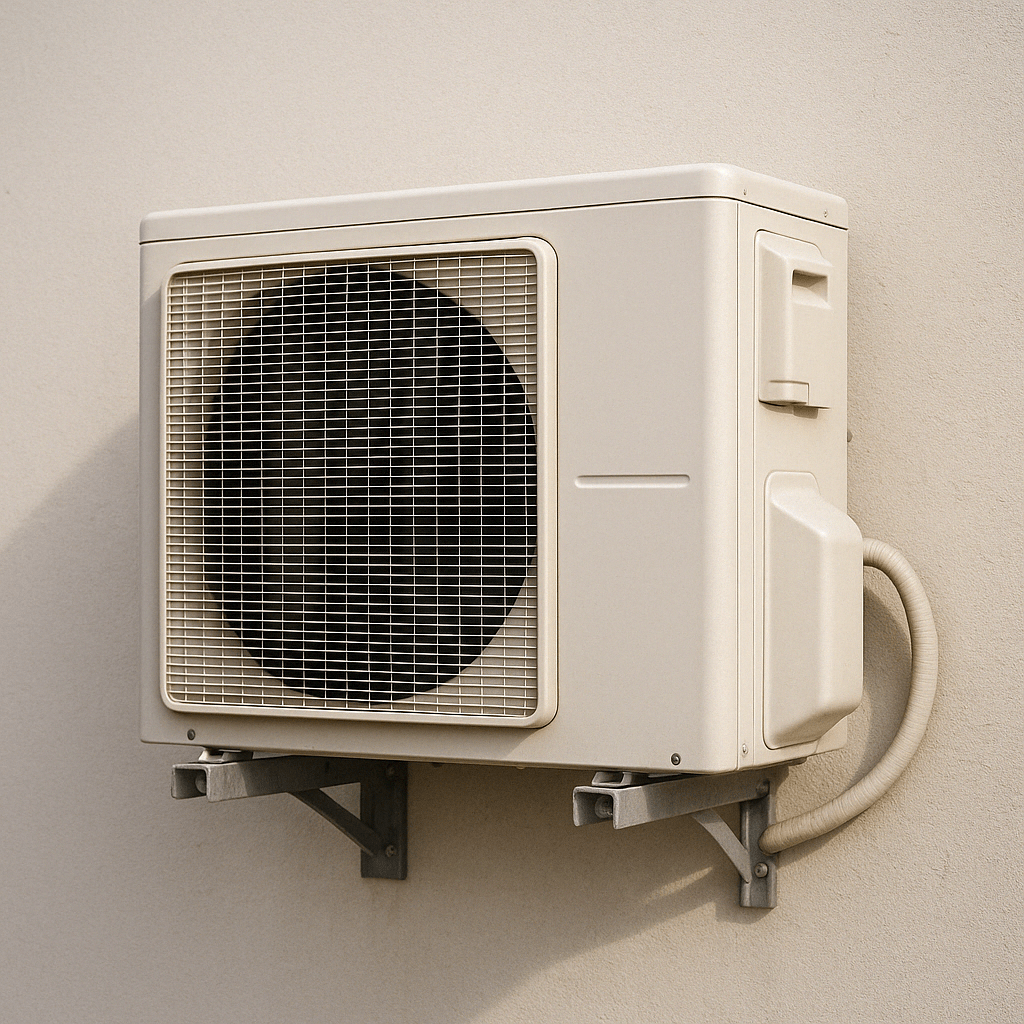
Get Your Air Conditioner Ready for the Summer with Superior Water & Air
April 21, 2025
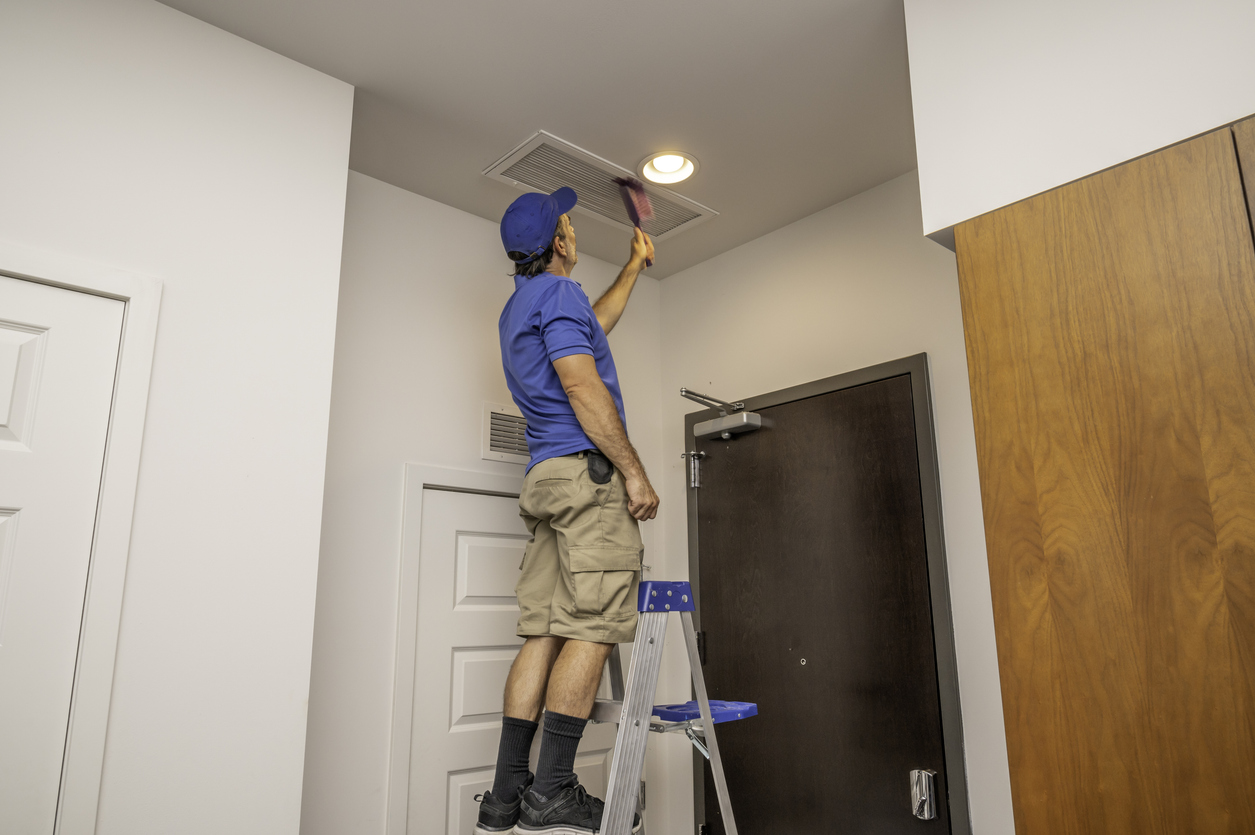
Why You Need the Air Ducts Cleaned in Your Home: Benefits & More
April 3, 2025
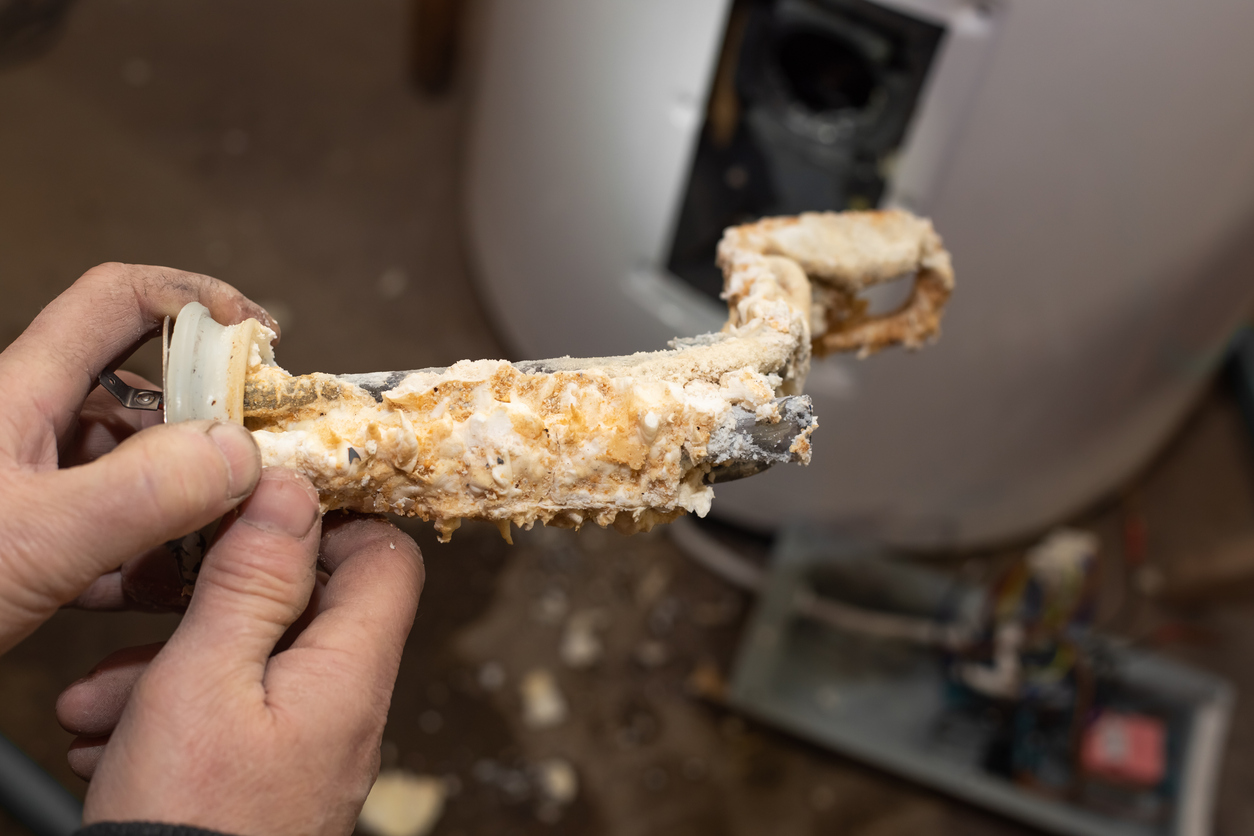
How to Determine Water Hardness & Treat Effectively
February 25, 2025
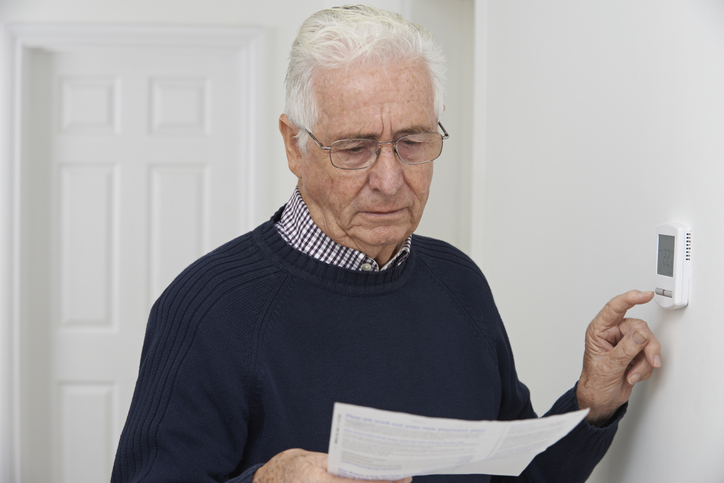
How to Save On Your Heating Bill During Winter
February 10, 2025
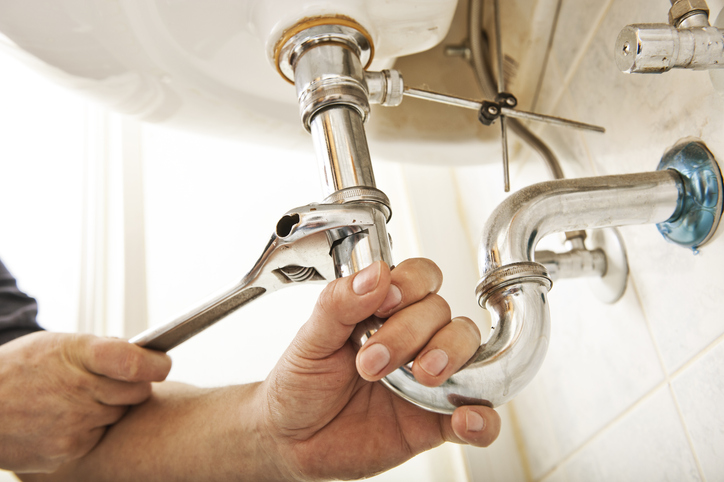
Cost Savings with Proper HVAC and Plumbing Systems in Winter
December 9, 2024
